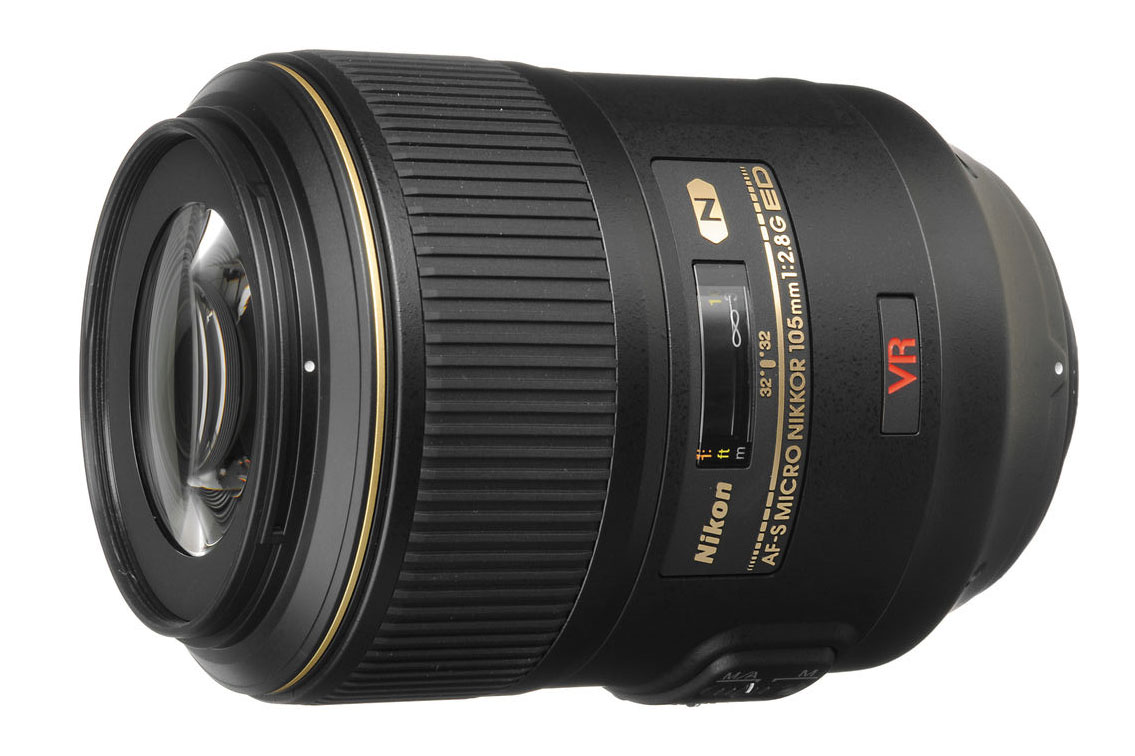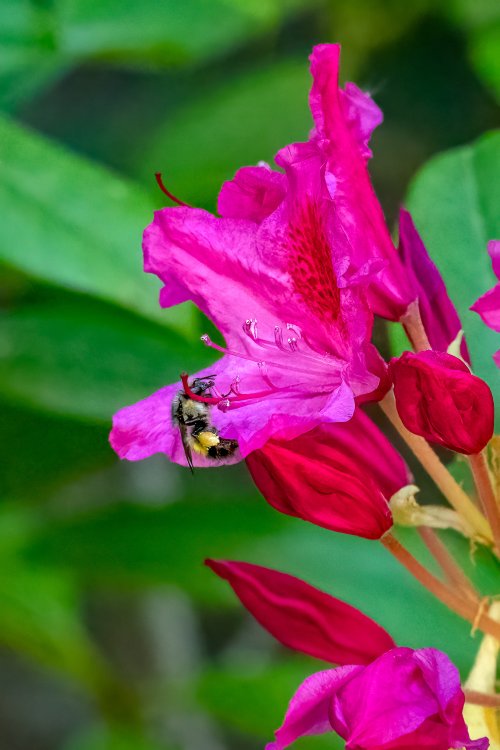Let me throw in an older, and somewhat exotic, lense, and my prederred one as it also doubles as a nice landscape lense. It is only MF on Nikon Z cameras and requires a FTZ adapter, kust as a heads up.
The Nikkor 70-180 Micro zoom lense from way back. As far as Micro lenses go, it also kind of reasonably priced, good used samples start at around 500 (€ or $). And as I said, if you can live with the use of an adaptor and MF only, double as a mid-range landscape zoom. Also smaller that it looks, albeit not lightwieght due to all that glass and metal, just slightly larger than the old 105 AF-D Micro and only a little bit heavier. Also has a tripod foot. Did I mention it is a macro ZOOM?





